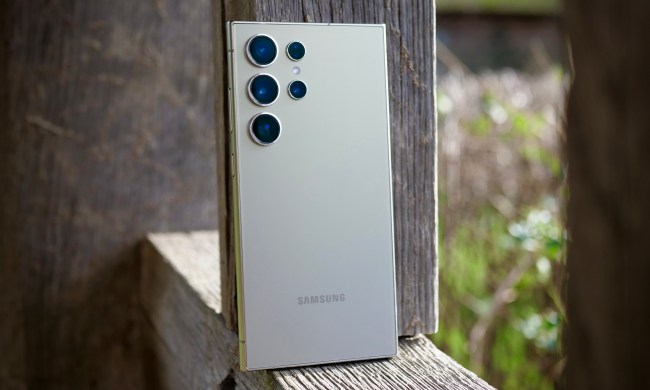The Qualcomm 7-Series has offered near-flagship level performance at a much lower cost, and has been used in devices like the Pixel 5, Motorola One 5G Ace, and more. Now, Qualcomm is launching its most powerful 7-Series chip yet — the Qualcomm Snapdragon 780G.
The new mobile platform offers some features that you can only currently get on a Snapdragon 888. Notably, it has a Spectra 570 triple ISP, which basically means that users can capture video from three cameras simultaneously. In other words, you could take a photo with the zoom, wide, and ultrawide cameras at the same time. Or you could capture video from all three cameras, allowing you to edit video on the fly.
Apart from the triple ISP, the Snapdragon 780G also offers Qualcomm’s 6th-generation AI Engine, which is two times as powerful as its predecessor. According to Qualcomm, this helps the A.I. enhance phone calls and video calls, plus it should also come in handy when using a voice assistant. It also offers 5G connectivity and Wi-Fi 6, plus works with 5G — though it doesn’t seem as though it supports the high-frequency mmWave connectivity.

When it comes to performance, the Snapdragon 780G comes with a Kryo 670 CPU that Qualcomm says should deliver a 40% performance boost. That should make it a good candidate for phones in the $500-$700 price range.
“Since introducing the Snapdragon 7-series three years ago, more than 350 devices have launched based on 7-series mobile platforms. Today, we are continuing this momentum by introducing the Snapdragon 780G 5G Mobile Platform,” said Kedar Kondap, vice president of product management at Qualcomm, in a statement. “Snapdragon 780G was designed to bring in-demand, premium experiences to more users around the world.”
Generally speaking, the 7-series has been a hit. Rumors suggest that the price of Qualcomm’s flagship chips, the 8-series, have been rising, leaving room for a more affordable series that still offers many of the more advanced features you would expect from a phone that costs over $500. It’s likely we’ll continue to see more phones with the 7-series, and specifically the Snapdragon 780G, considering that flagship phones these days start at around $800 and range well past $1,000. Qualcomm says devices with the Snapdragon 780G are expected in the second quarter of 2021, so they should be here pretty soon.



